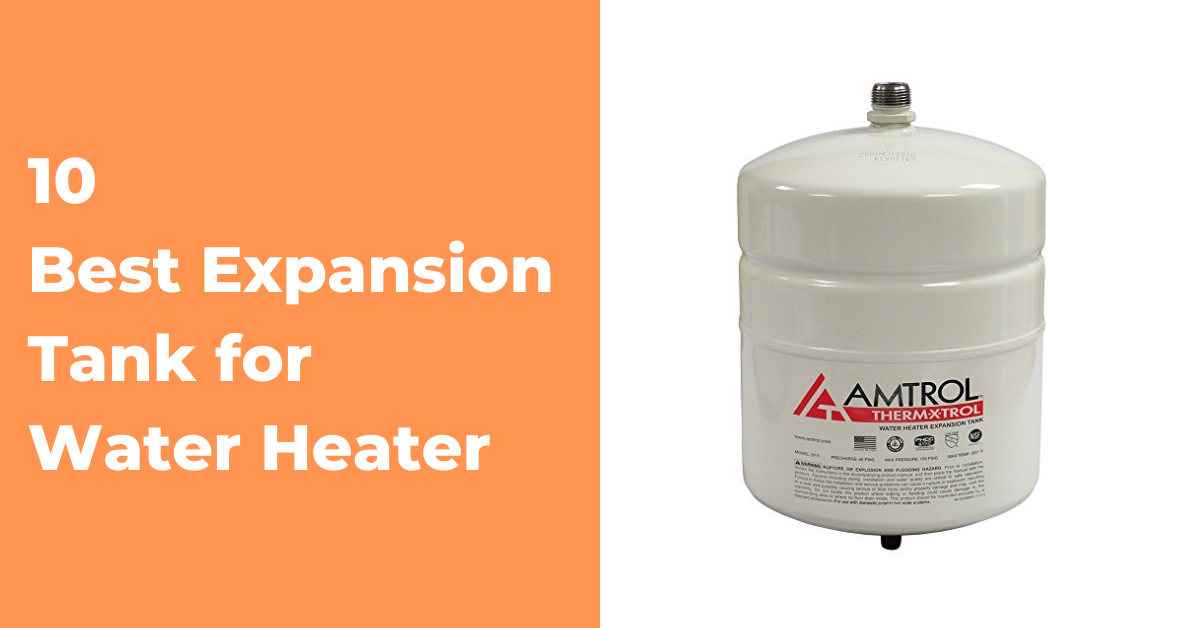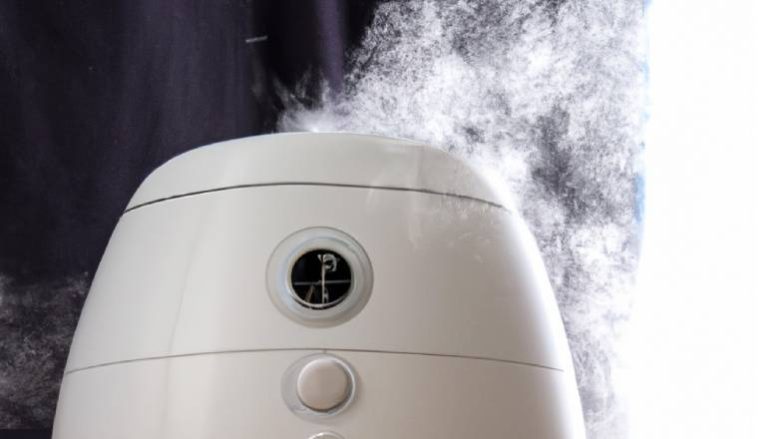10 Best Expansion Tanks for Water Heaters for 2023
The water expansion tank can help protect your water heater from damage caused by thermal expansion. What is the best expansion tank for your water heater on the market today? In this article, we’ll discuss what to look for when choosing an expansion tank and provide some tips on installation and maintenance. By the end of this article, you’ll be well-informed and ready to make an informed decision about which expansion tank is best for your needs.
Top 10 Best-Selling Thermal Water Expansion Tanks on Amazon for 2023
What is the Water Heater Expansion Tank?
A water heater expansion tank is a safety device designed to protect your household plumbing from thermal expansion. A water heater that heats up the water to its desired temperature will expand when heated. The pressure created can cause leaks in piping nearby. This is why an expansion tank is so crucial – it will allow the heat to escape so there is no pressure on the pipes nearby.
A water heater expansion tank is simply a small tank that absorbs water into a bladder to reduce excess pressure in your water heater. When there’s too much pressure, the gas burner shuts down and the heat source turns off.
If this happens, the temperature of your hot water might cool off too. The expansion tank can relieve pressure for this exact reason, so it’s important to have one installed if you have a hot water heater in your house.
How do I Choose an Expansion Tank for my Water Heater?
Choosing the right expansion tank for your water heater can be a daunting task. There are many factors to consider, from size to type. Here are some tips to help you make the best choice for your needs.
Determine the Size of Your Expansion Tank
The size of the expansion tank you need depends on the capacity of your water heater. Generally, an expansion tank should have a capacity equal to or greater than the total volume of heated water in your system. For example, if your water heater holds 50 gallons of hot water, then you would need an expansion tank with at least 50 gallons of capacity.
Choose Between a Bladder and Diaphragm Type Expansion Tank
Expansion tanks come in two types: bladder and diaphragm. Bladder tanks are made with a rubber bladder inside that separates air from water and helps maintain pressure in the system. Diaphragm tanks have a flexible membrane that serves as a barrier between air and water, helping to regulate pressure in the system.
Consider Installation Requirements
Before purchasing an expansion tank, you should also consider how it will be installed in your system. Some models require additional fittings or adapters for installation and may require professional installation services.
Check Local Regulations
Finally, make sure to check local regulations before purchasing an expansion tank for your home’s water heater. Different areas may have different requirements for what type and size of the expansion tank is needed.
By following these tips, you’ll be able to find the right expansion tank for your needs and ensure that it meets all local regulations.
How Long do Hot Water Heater Expansion Tanks Last?
Hot water heater expansion tanks are an essential component of any hot water heating system. They provide a safe outlet for the increased pressure that results from the heated water expanding as it is heated. But how long do these tanks last?
The life expectancy of a hot water heater expansion tank depends on several factors, including the quality of the tank and how well it is maintained. Generally, you can expect your expansion tank to last anywhere from five to ten years before needing to be replaced. However, certain tanks may need to be replaced sooner depending on how often they are used and how well they are maintained.
To ensure that your expansion tank lasts as long as possible, it is important to maintain it properly by checking for any signs of wear or damage regularly. Additionally, you should also check the pressure levels in your tank at least once a year and make sure that it is not overfilled or underfilled with water. If you notice any problems with your expansion tank, then it is best to have it repaired or replaced as soon as possible in order to avoid further damage or costly repairs down the line.
Ultimately, hot water heater expansion tanks can last for many years if they are properly maintained and checked regularly for signs of wear or damage. The key is to make sure that you keep up with regular maintenance checks so that you can get the most out of your hot water heating system and avoid costly repairs in the future.
What are The Two Types of Expansion Tanks?
Expansion tanks, also known as compression tanks, are an essential component in any plumbing system. They help to control the pressure of the water within the system and can prevent costly repairs due to excessive pressure. There are two main types of expansion tanks: bladder and diaphragm.
A bladder expansion tank is a sealed container that contains a rubber or plastic bladder inside it. The bladder is filled with air or nitrogen and helps to absorb excess water pressure when it builds up in the system. This type of tank is typically made from steel or fiberglass and can be mounted either horizontally or vertically depending on your plumbing setup.
A diaphragm expansion tank uses a flexible membrane instead of a bladder to absorb excess pressure. This type of tank is usually made from polypropylene and is often used for larger systems because it has a greater capacity for absorbing water pressure than other types of tanks. The membrane in this type of tank also allows for more precise control over the amount of pressure being released.
Both types of expansion tanks are important components in any plumbing system and can help prevent costly damage due to excessive water pressure. It’s important to choose the right type of tank for your specific needs so you can ensure that your system remains safe and efficient.
What is The Most Common Type of Expansion Tank?
An expansion tank is an important component of a plumbing system, as it helps to maintain the pressure in the system and prevent water damage. The most common type of expansion tank is a diaphragm-style tank, which uses a flexible membrane to separate the water from the air inside the tank. This type of tank is usually made from polypropylene or stainless steel and can come in various sizes.
The diaphragm-style expansion tank works by allowing air to enter and leave the tank as needed. As water enters the tank, it compresses the air inside, creating a pressurized environment. When water leaves the tank, this pressure is released and fresh air enters to replace it. This process helps keep water pressure consistent throughout your plumbing system.
A bladder-style expansion tank also uses an internal bladder to separate water from the air, but instead of using a membrane like a diaphragm-style tank, it uses an elastomeric material that expands and contracts with changes in pressure. This type of tank generally requires less maintenance than a diaphragm-style model but can be more expensive.
When choosing an expansion tank for your home or business, make sure you select one that is designed for use with your specific plumbing system. It’s also important to choose a size that will accommodate your needs. Larger tanks are better suited for larger homes or businesses where there may be more frequent changes in water pressure.
Wrapping Up
The installation of an expansion tank for a water heater is an important part of any home plumbing system. Expansion tanks help to maintain the pressure of the hot water in your home, preventing damage to your pipes and fixtures.
Choosing the right expansion tank for your water heater is an important decision that can help prevent damage to your home’s plumbing system. By researching the options available, you can find a tank that fits your needs and budget. With the right tank in place, you can enjoy reliable hot water with peace of mind.
















